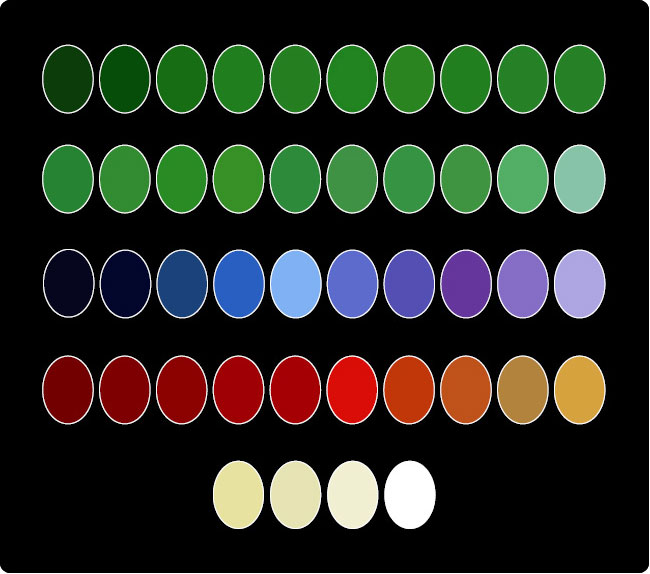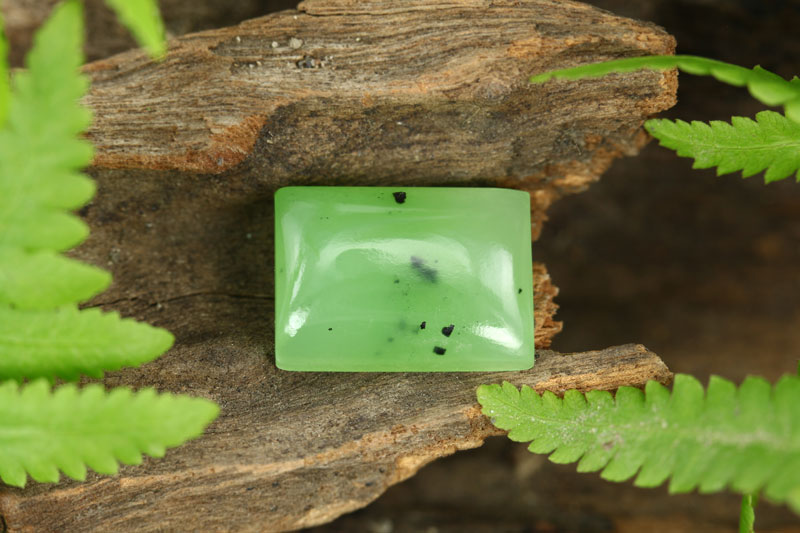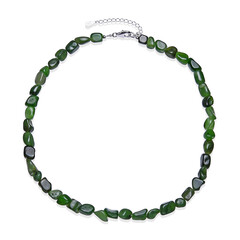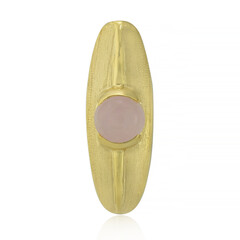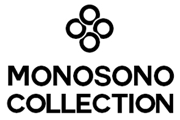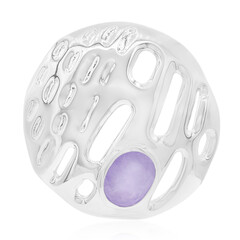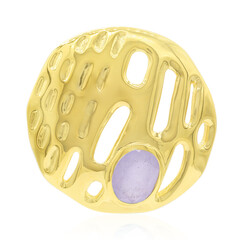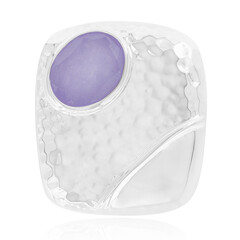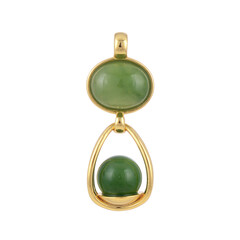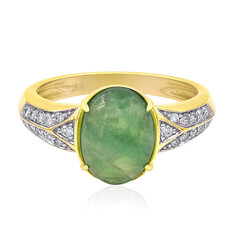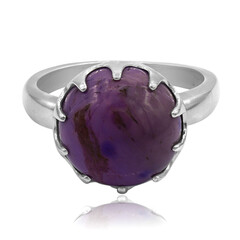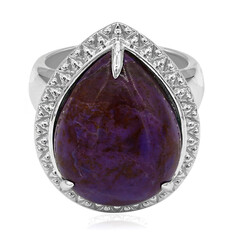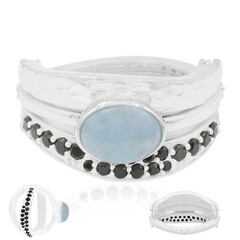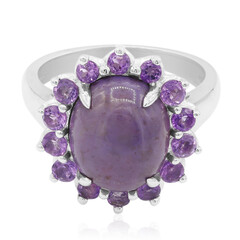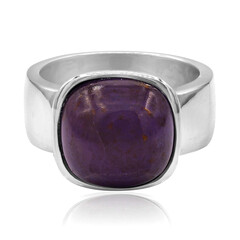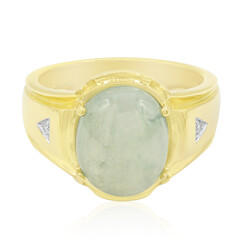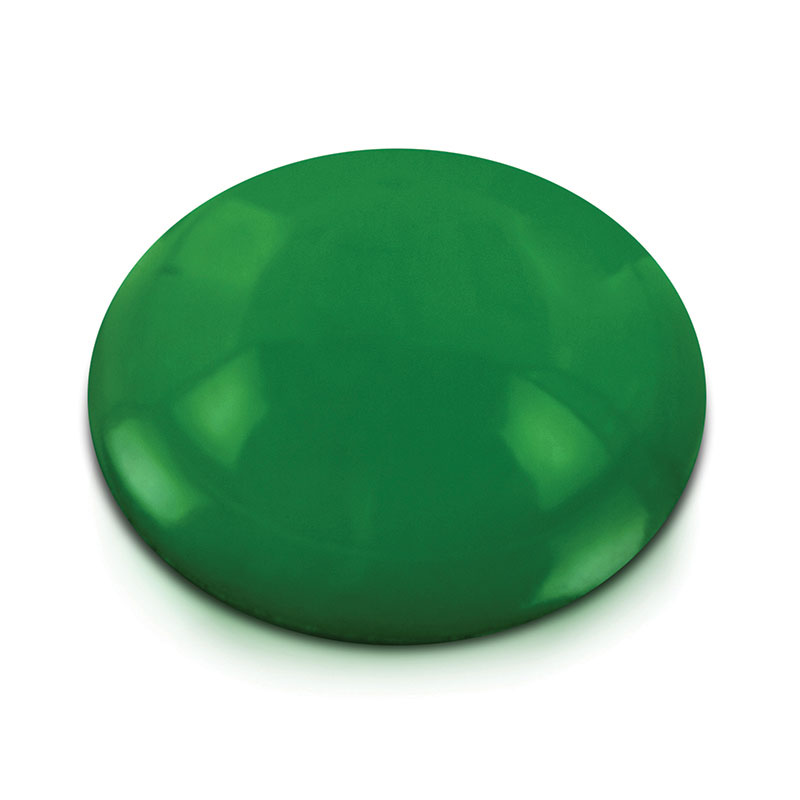
Name
The name 'Jade' is derived from the Spanish 'piedra de hijada' (colic stone). 'Piedra de los rinones' (kidney stone) is also used and when translated into Latin, Lapis Nephriticus, gives us the name, Nephrite. These names came from Spaniards making a tenuous curative connection between the shapes of polished Jade pebbles and kidneys. The finest pieces of high clarity, rich 'emerald' green Jade were so coveted by Chinese Emperors they were given the name ‘Imperial Jade’.
History of Jade
The royal gemstone in China, Jade is fixed at the heart of Chinese culture and its surrounding Southeast Asian Countries. Jade may have been mined in China as early as 6000 BC, in ancient China it was called the ‘stone of heaven’ and it was associated with immortality and the ability to bridge heaven and earth. China has a long tradition of using Jade in carvings, sculpture, ornaments and other decorative arts. Continuing this tradition, the reverse of the 2008 Beijing Olympic Medals were made in Jade.
Composition of Jade
There are two different varieties of Jade, despite prior to 1836 it only being referred to under the blanket term of Jade. French mineralogist, Alexis Damour discovered that some Chinese Jade (Nephrite) and Burmese Jade (which he named 'Jadeite') are different minerals with a similar appearance and properties.
Properties of Jade
Jadeite comes in a number of shades including blue, brown, cream, green, grey, lavender, orange, red, violet, white, yellow, and combinations thereof, including mottling. Jadeite's reddish coloration is caused by iron trace elements, while its greens are due to the presence of chromium. Jadeite is called 'ying yu' (硬玉), meaning hard jade, and is harder than Nephrite but not as tough. Jade are some of the toughest gemstones on the planet, making it ideal for intricately detailed carvings that have become so synonymous with this gemstone.
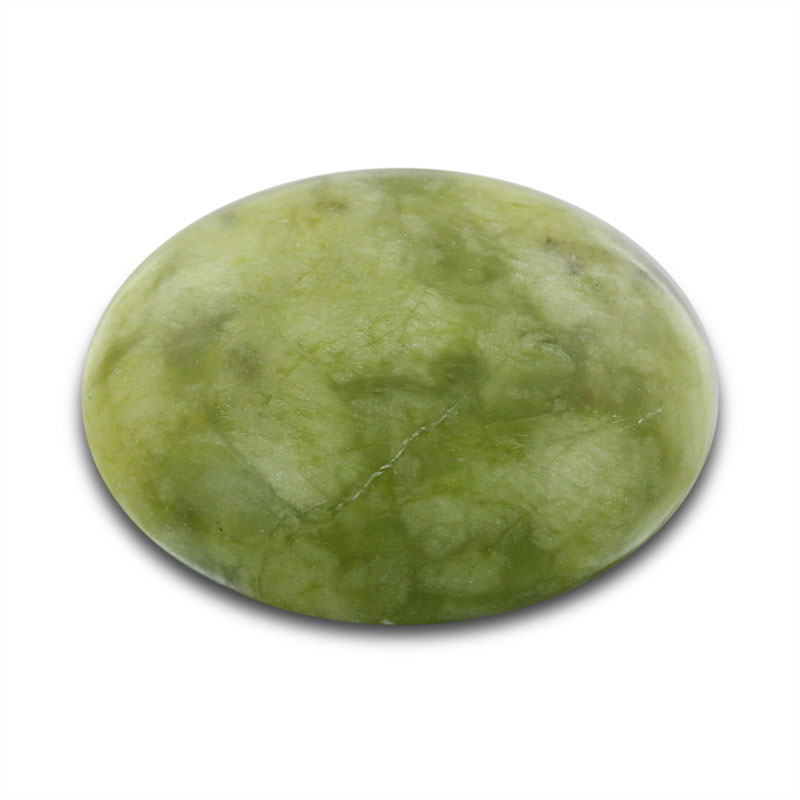
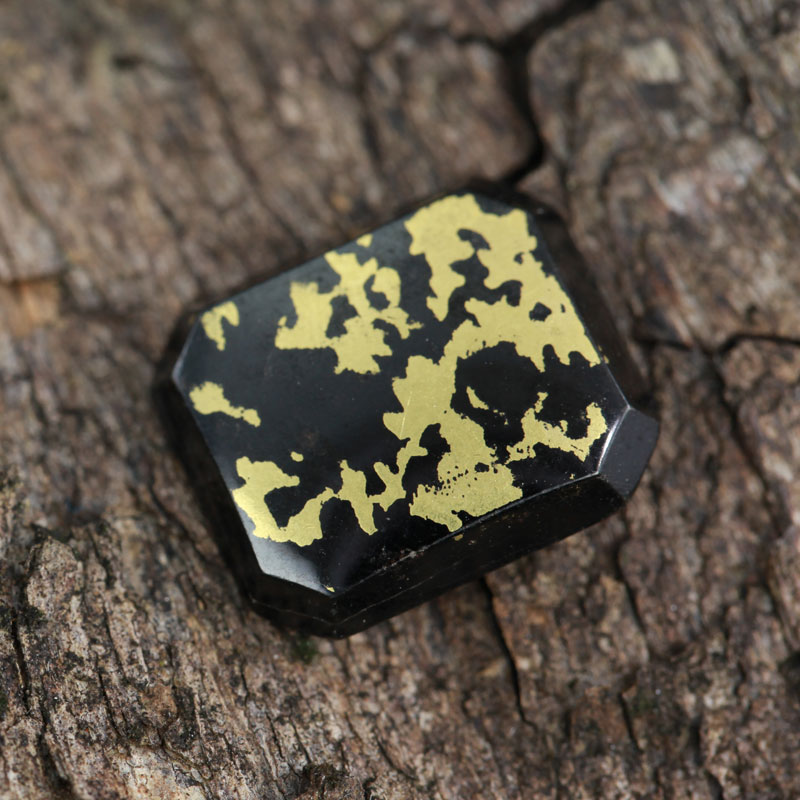
Jade is semi-transparent to opaque, with a high degree of transparency, along with deep colours. A bright, even 'emerald' green with no mottling is the most valuable. Despite this, mottled patterns, spotting and veins that contrast with the body colour are also considered attractive, especially when incorporated into the features of beautiful carvings. Jade's transparency depends on grain size and texture, with a finer texture resulting in a higher transparency.
Source of Jade
While China, along with Burma, remains an important source for this gemstone, other Jade sources include Guatemala, Russia, Kazakhstan, Japan, Taiwan, Australia, New Zealand and the U.S.A.
The Colours of Jade
The true emperor of Chinese jewellery, Jade might inexorably be a 'Chinese' gemstone, but it has also played an important role in Mayan, Olmec, Toltec, Aztec, Native American and Maori cultures. Much like we have taken to chopsticks, fireworks and feng shui, Jade is also increasingly becoming a gemstone appreciated by the Western palate.
